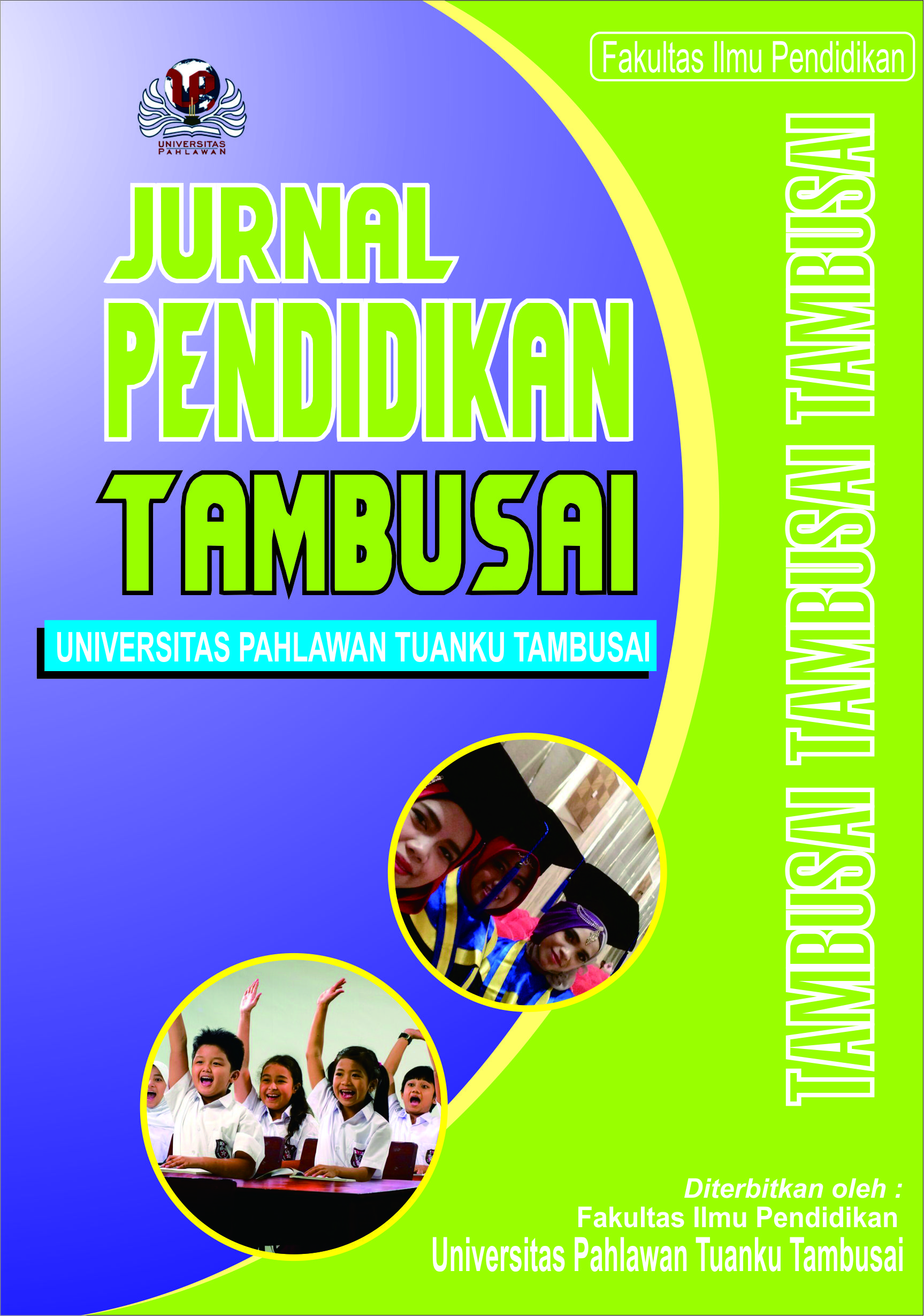Kombinasi Serai (Cimbopogon nardus L. Rendle ) dan Kulit Semangka (Citrullus lanatus ) dalam Produksi Eco-enzyme Menggunakan Konsep Zero Waste Sebagai Pupuk Organik
Keywords:
Eco-enzyme, Sampah Organik, Zero Waste, NPKAbstract
Eco-enzyme adalah hasil dari proses fermentasi cair yang memanfaatkan sampah organik. Mereka membersihkan lantai, menjaga sayur-buahan dan sayur-sayuran tetap bersih, dan juga berfungsi untuk menghilangkan serangga dan pupuk tanaman. Penggunaan eco-enzyme untuk mengolah sampah organik membantu mengurangi jumlah sampah organik yang berakhir di tempat pembuangan akhir. Dengan perbandingan 3:1:10 antara kulit buah, gula, dan air, pembuatan eco-enzyme mengikuti prinsip zero waste. Eco-enzyme biasanya memiliki bau asam yang kuat, tetapi tetap menghasilkan bau buah yang segar. Biasanya, produk akhir eco-enzyme berwarna coklat tua. Menurut penelitian, eco-enzyme yang dibuat dari limbah organik seperti serai dan kulit semangka memiliki pH 3–5, warna coklat kekuningan, dan bau segar dan asam. Untuk berbagai perbandingan (1:2, 2:1, 3:0, 0:3, dan 1,5:1,5), kandungan nitrogen pada eco-enzyme adalah 1,08%, 0,94%, 0,81%, 1,94%, dan 0,19%, menurut pengujian NPK. Semua variabel menerima hasil uji fosfor yang positif, dan setiap sampel juga mengandung kalium. Eco-enzyme dari limbah buah tetap berguna sebagai pembersih dan desinfektan, tetapi kurang efektif sebagai pupuk cair berdasarkan hasil nilai NPK.
Downloads
Published
How to Cite
Issue
Section
Citation Check
License
Copyright (c) 2024 Reka Kartika, Desy Kurniawati

This work is licensed under a Creative Commons Attribution-ShareAlike 4.0 International License.
Authors who publish with this journal agree to the following terms:
- Authors retain copyright and grant the journal right of first publication with the work simultaneously licensed under a Creative Commons Attribution License that allows others to share the work with an acknowledgement of the work’s authorship and initial publication in this journal.
- Authors are able to enter into separate, additional contractual arrangements for the non-exclusive distribution of the journal’s published version of the work (e.g., post it to an institutional repository or publish it in a book), with an acknowledgement of its initial publication in this journal.
- Authors are permitted and encouraged to post their work online (e.g., in institutional repositories or on their website) prior to and during the submission process, as it can lead to productive exchanges, as well as earlier and greater citation of published work (See The Effect of Open Access).



